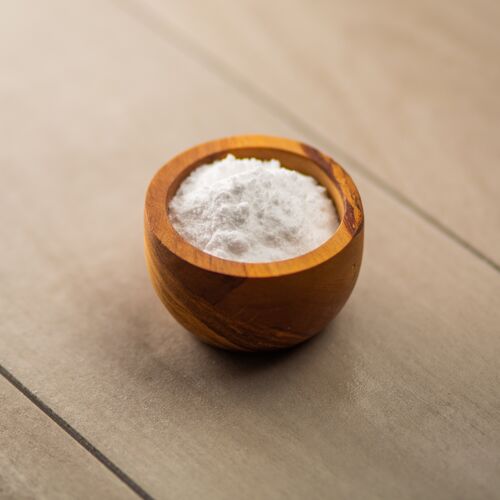The Trip of Sugarcane: From Harvest to Everyday Products
The journey of sugarcane is a multifaceted process that begins with thorough farming and finishes in a selection of products that permeate our everyday lives. As we check out the different aspects of sugarcane's journey, its function in sustainability and the wider effects for our setting come right into sharper emphasis.
Cultivation of Sugarcane
The growing of sugarcane is a vital farming process that needs details environmental problems and management techniques. Optimum development occurs in subtropical and tropical areas where temperatures vary in between 20 ° C and 32 ° C. Adequate rainfall or irrigation is essential, as sugarcane grows in damp soil with well-drained conditions (sugarcane product). Soil high quality significantly influences yield; thus, farmers often conduct dirt tests to identify nutrient demands
Planting typically takes place in rows, making use of stem cuttings recognized as setts, which are planted flat. This approach helps with reliable collecting and optimizes sunlight direct exposure. Plant rotation and intercropping are advised techniques to boost dirt fertility and lower pest problems. Furthermore, farmers employ integrated pest monitoring techniques to minimize chemical inputs while making sure healthy crop advancement.
Timely application of these fertilizers can significantly improve sugar yields. Overall, effective sugarcane farming pivots on a mix of environmental stewardship, strategic planning, and ongoing management practices.
Collecting Strategies
Successful sugarcane farming culminates in the gathering stage, which is pivotal for maximizing return and making certain high quality. The timing of the harvest is essential; sugarcane is commonly gathered when sucrose levels top, usually between 10 to 18 months after planting. This duration varies based upon environment, dirt kind, and sugarcane selection.
Collecting methods can be extensively categorized into handbook and mechanical methods. Hand-operated harvesting is labor-intensive, relying upon skilled workers who utilize machetes to cut the stalks close to the ground. This approach enables for discerning harvesting, where just the ripest walking canes are picked, consequently enhancing general sugar material.
Alternatively, mechanical harvesting has gained popularity as a result of its efficiency and cost-effectiveness. Specialized farmers equipped with cutting blades and conveyor systems can process big locations rapidly, significantly decreasing labor prices. This approach may lead to the inclusion of premature walking sticks and a potential decline in sugar quality.

Despite the approach employed, making certain that harvested canes are transferred swiftly to refining centers is essential. Prompt taking care of reduces wasting and protects the honesty of the sugarcane, establishing the phase for optimal handling.
Processing Approaches
Handling sugarcane includes a number of essential actions that transform the harvested stalks right into functional products, mostly sugar and molasses. The preliminary phase is cleaning the walking cane to remove soil and debris, complied with by the extraction of juice with squashing or milling. This process commonly utilizes heavy rollers that break the cane fibers to launch the pleasant fluid consisted of within.
Once the juice is drawn out, it undertakes information, where pollutants such as soil fragments and bagasse are gotten rid of. This is commonly attained by adding lime and warming this post the juice, enabling sedimentation. The cleared up juice is then concentrated through evaporation, where water material is decreased, leading to a thick syrup.

Inevitably, the handling of sugarcane not just produces sugar and molasses but also prepares for different derivatives, which will certainly be discovered in subsequent discussions.
Products Derived From Sugarcane
Sugarcane is a functional crop that produces a vast range of items beyond just sugar and molasses. Among the primary byproducts are ethanol and biofuels, which have actually gotten importance as eco-friendly energy sources. Ethanol, generated with the fermentation of sugarcane juice, acts as an alternative to fossil gas and is frequently blended with gas to create cleaner-burning fuels, minimizing greenhouse gas emissions.
Additionally, read this post here sugarcane is a considerable source of bagasse, the coarse residue continuing to be after juice removal. Bagasse is utilized in various applications, including the production of paper, eco-friendly product packaging, and as a biomass gas for power Full Report generation. Its use not only lowers waste however additionally improves the sustainability of sugarcane handling.
Additionally, sugarcane-derived products include the food market, where it works as an all-natural flavor agent and sweetener in numerous cooking applications. In the world of cosmetics, sugarcane extracts are included right into skin care items due to their all-natural exfoliating buildings.
Ecological Influence and Sustainability
The growing and processing of sugarcane have substantial effects for ecological sustainability. This crop requires considerable water sources, typically bring about depletion of regional water materials and affecting bordering communities. Additionally, the usage of fertilizers and pesticides in sugarcane farming can result in soil deterioration and river contamination, positioning threats to biodiversity.

Lasting sugarcane farming additionally promotes dirt wellness via plant rotation and decreased tillage, boosting carbon sequestration. The adoption of these techniques not just sustains ecological stability yet also improves the durability of farming neighborhoods against environment change.
Final Thought
In recap, the journey of sugarcane encompasses various phases from cultivation to handling, inevitably causing a vast variety of products. The importance of sugarcane expands past plain sweeteners, contributing to renewable power via ethanol manufacturing, lasting packaging through bagasse, and all-natural removes for cosmetics. This diverse crop plays a crucial function in both dietary enrichment and ecological sustainability, highlighting its significance in modern agricultural and commercial methods.
Successful sugarcane cultivation finishes in the gathering stage, which is crucial for taking full advantage of return and guaranteeing top quality. The timing of the harvest is essential; sugarcane is usually collected when sucrose levels height, generally in between 10 to 18 months after growing.Handling sugarcane includes numerous important steps that change the harvested stalks right into useful products, mainly sugar and molasses.Sugarcane is a functional plant that yields a wide range of items past simply sugar and molasses. In addition, the use of plant foods and chemicals in sugarcane farming can result in soil deterioration and river contamination, positioning dangers to biodiversity.